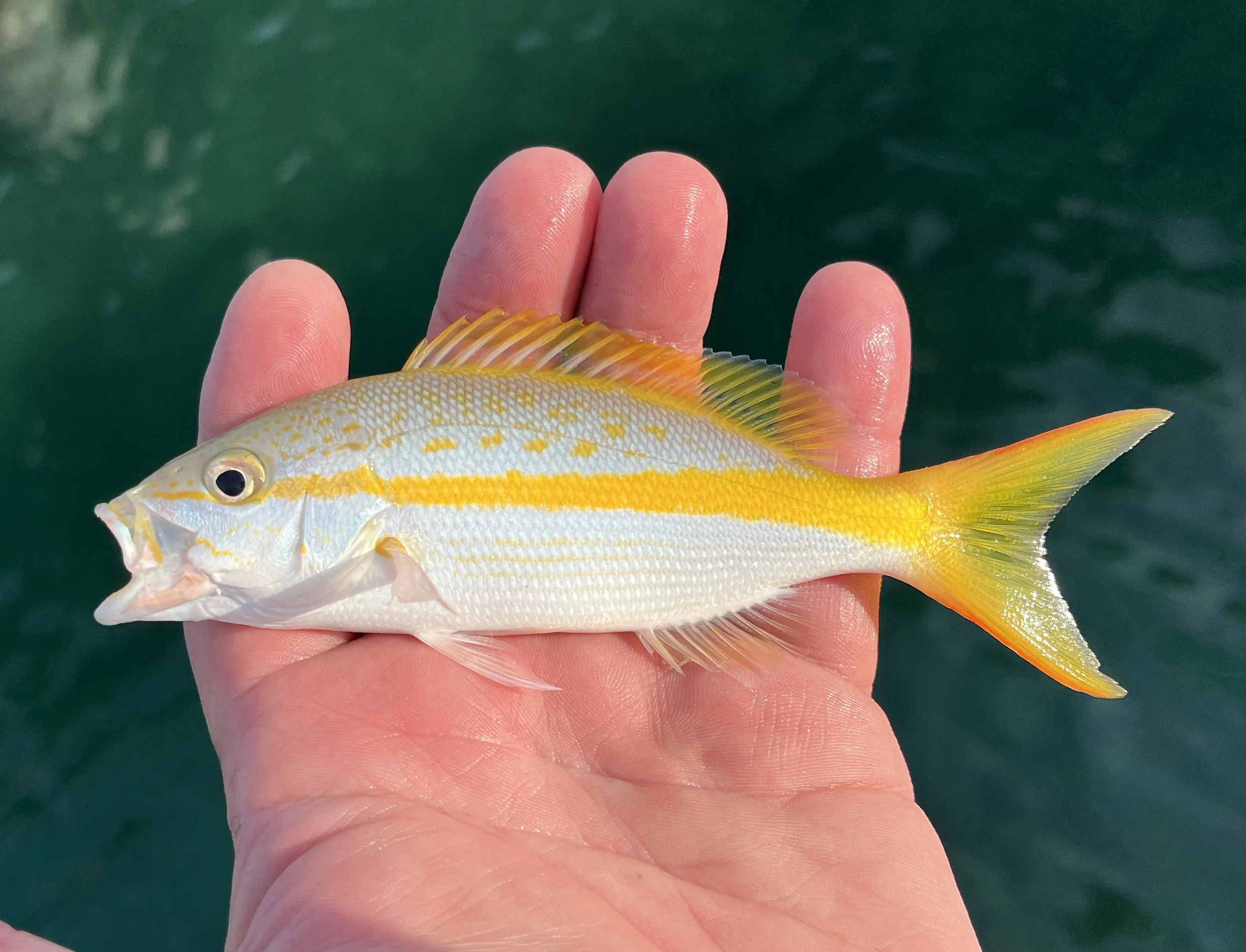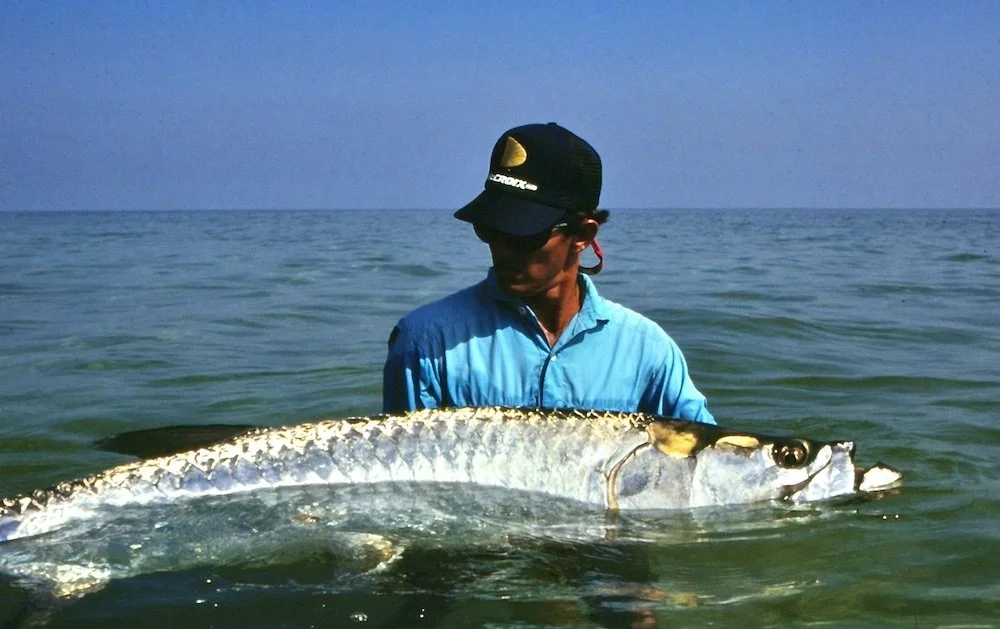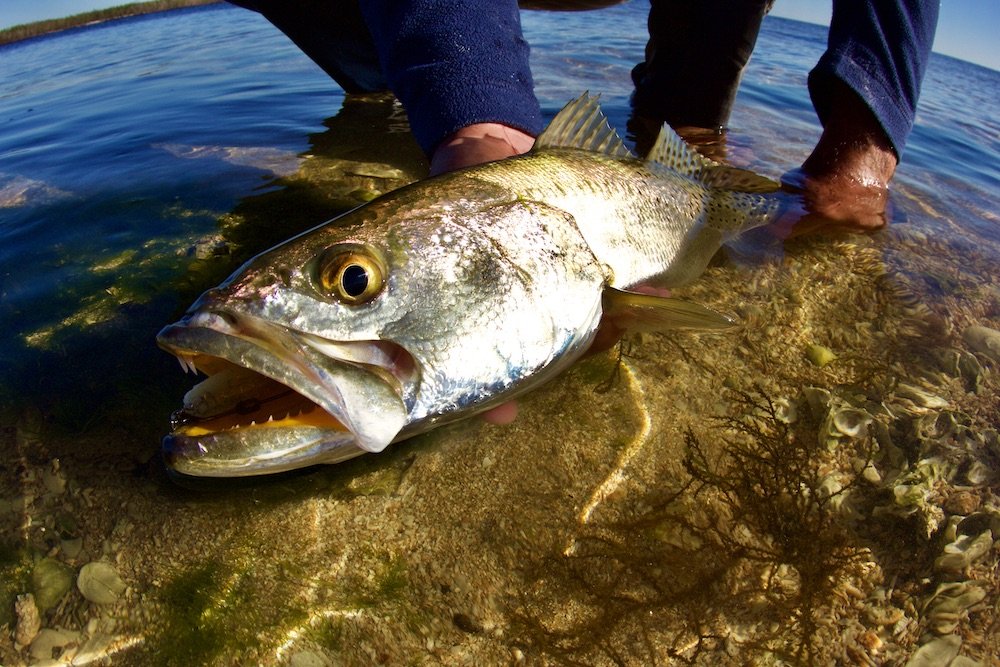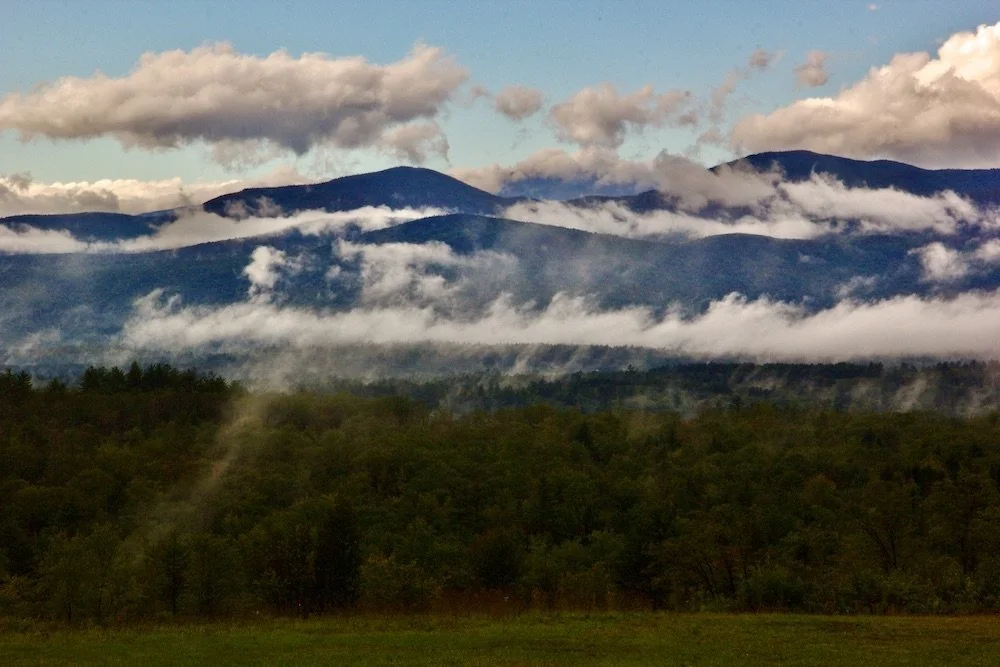The northern lights glittered over Patch Mountain as we sat in the north Yaak, tending a dying campfire. My 7-year-old daughter, Shasta, pulled the tip of her poking stick away from the embers, and said, “Daddy, take me fishing.”
All in Fishing
Branson Area Yields Giant Crappies
On a recent trip to Branson, Missouri, I wanted to do some fishing. Crappie fishing, to be exact. My friend Bill Cooper and I had scheduled a half day fishing excursion with Capt. Josh Isaacs from Branson's Full Throttle Fishing Adventures, and he recommended that we fish Bull Shoals Lake.
Wildlife Watching Wednesday: The Delicious Yellowtail Snapper
There are plenty of fish in the sea. They come in all shapes, sizes and colors, too. One very handsome species of fish is the Yellowtail Snapper. These brightly colored fish are common in the western Atlantic Ocean, from North Carolina south to Florida and into the Gulf of Mexico.
Northern Lake Superior – Lake Trout Heaven!
It was a glorious day on the Great Lakes. The sun was shining and the wind was calm – and we had not seen another boat all morning. In fact, the area where we were fishing was so isolated that we only saw one other fishing boat all week. The fish were biting, too. What could be better?
Kayak Bass Fishing in Southwestern Maine
Southwest Maine offers paddlers all kinds of lakes and ponds in which to wet a line, with outstanding warmwater fisheries for both smallmouth and largemouth bass. The two species often live in the same lake (or pond, or river).
Striking Silver in the Sound
Of all the things you can do with a fly rod, few match the excitement of casting to and hooking a large tarpon in shallow water. Fighting one is another matter, and bringing one to hand is a significantly more difficult proposition.
A January Day on Mosquito Lagoon
The Intracoastal Waterway Runs through the north part of Mosquito Lagoon. When this channel was being dug, the diggers hit patches of limestone rock, which had to be blasted. This rock rubble was piled up with the rest of the dredge spoil, now a string of spoil islands west of the ICW channel.
Wildlife Watching Wednesday: A School of Yellow Perch
One very popular fish in much of the United States is the yellow perch (Perca flavescens). They are easily recognized by their pale golden-yellow body color and the dark vertical stripes on their sides. Also called lake perch, striped perch and ringed perch, these tasty freshwater fish have been a favorite dinner entrée in local restaurants for decades.
On The Road Again: On My Own in Maine
After being with us in Lovell almost two weeks, Maryann had to leave on Sunday. Susan wondered what she'd do during the coming week. I suggested she go back to Winthrop with Maryann. She could visit friends and visit Boston. I'd meet her near the end of the week.
On The Road Again: A Trip To Maine’s Rapid River
“I Suck at Fly Fishing." It's a sentence on a bumper sticker gifted to me by a friend. I didn't know how much it applied to me this day, but I certainly sucked at following directions. Bob Duport had emailed them to me, along with a map. I went to the wrong place, and now I was more than 30 minutes late for our rendezvous.
Wildlife Watching Wednesday: Northern Pike Have Teeth
Anyone who has gone fishing and caught a northern pike knows one thing for sure: they have sharp teeth! Northern pike are carnivorous fish that grow to large sizes and are often pursued by sport fishermen. Why? Because they eagerly strike artificial lures and put up a great fight.
On The Road Again: The Maine Pond House
Ralph moved us to the Pond House, still in Lovell, Maine. The previous cabin (the one with the squirrels) had been nice. This place was a major upgrade, though! All wood paneling and ceilings, fireplaces, comfortable leather furniture, pond views out of enormous windows, nicer than our home, certainly nicer than the van.











